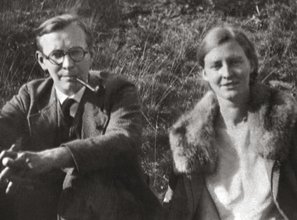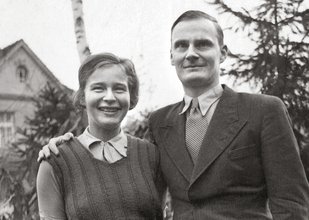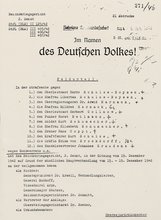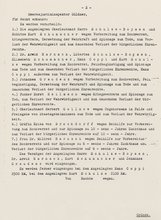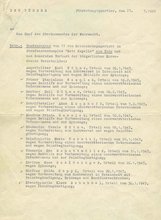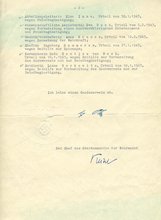In the mid-1930s, circles of friends, discussion, and learning groups formed in Berlin around Arvid Harnack, a senior civil servant in the Reich Ministry of the Economy, and his wife Mildred, and around the Reich Aviation Ministry employee Harro Schulze-Boysen and his wife Libertas. Through personal contacts, a loose network of seven Berlin resistance circles came about in 1940/41. They brought together more than 150 opponents of National Socialism from very different social backgrounds and ideological traditions.
They used diverse forms of struggle against National Socialism. They discussed political and artistic issues, helped victims of persecution, and documented the National Socialists’ crimes of violence. Beyond their inner circle, they addressed the general public by distributing flyers and adhesive notes. They also made contact with like-minded people in other parts of Germany.
In 1940/41, Harnack and Schulze-Boysen passed on intelligence of military importance to the Soviet Union. Above all, however, the group intensified its political education work by distributing flyers and letters. The Gestapo discovered the resistance organization around Harnack and Schulze-Boysen in the summer of 1942, investigating them under the collective name of “Red Orchestra.” They discredited the resistance group as a Soviet espionage organization, which meant the members were tried for treason. The Reich Court Martial passed the first death sentences in late 1942. In total, more than fifty members of the Red Orchestra were hanged or beheaded in Plötzensee prison.

